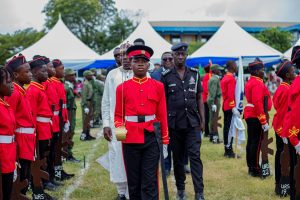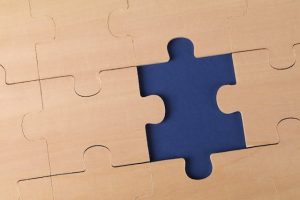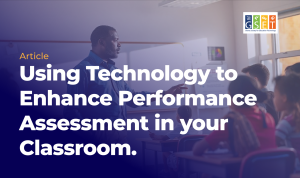
GSET Blogs
Digital Literacy on the Go: A 3-minute Microblog to Keep Up with ongoing Conversations.
Inspired by the current buzz in Ghana about Digital Literacy and Technology Integration into teaching and learning in the classroom. Written for teachers and education professionals who feel confused and lost in the whole conversation.
Co-authored by: Noble Selorm Dzreh

In recent years, discussions surrounding digital literacy, digital technologies, and integrating technology into education have been prominent across various platforms focusing on educational innovation. Despite the advancement of these discussions, many teachers and education professionals are still uncertain about the specific focus of the conversation, particularly regarding the buzz around “digital literacy.”
In this microblog, my colleague and I will try to break it down as simply as A-B-C.
PS: This microblog is for teachers and education professionals who are not too informed about the subject of digital literacy. If you are, kindly skip this post as it may not appeal to you as relevant. However, like they say, there’s always something new you can learn by taking a second look at a well-crafted piece so enjoy a good read if you do choose to read to the end.
Now let’s break it down, “digital literacy= digital + literacy”. According to the UNESCO Institute for Statistics, Literacy is the ability to identify, understand, interpret, create, communicate and compute using printed and written materials associated with varying concepts. The OED defines digital simply as “involving computer technology, especially the internet”. All put together, we can say digital literacy is the ability to access, manage, understand, integrate, communicate, evaluate, and create information safely and appropriately through digital technologies for employment, decent jobs and entrepreneurship as UNESCO rightly puts it.
Below we attempt to define digital literacy as it relates to a teacher (if you like, an educator). Digital literacy as it relates to a teacher, is the teacher’s ability to access digital tools, platforms, and resources, manage these, understand the features of these collections, communicate these in a meaningful way to support learning activities, evaluate these collections and its implementation to create awesome and meaningful learning experiences for their learners.
Now was that too complex? Okay, let’s break it down further: digital literacy can be defined as your ability to use digital platforms and resources effectively to support teaching and learning in your classroom or school. So, we can talk about how you use technology to plan your lessons, to gather teaching and learning resources such as images, videos, and audios to support teaching activities in your classroom, how you use conference tools to support learning activities in your immediate environment. So, it may be you are explaining a concept to your learners via a voice call or teaching a lesson via Zoom or Google Meet or perhaps, you are conducting an exam using an online proctoring software. Clearly you see there are various levels to technology use in teaching and learning. Your proficiency with using these resources to support teaching efforts in your classroom determines your level of proficiency in integrating technology into your teaching and learning activities.
The UNESCO Institute of Statistics in June 2018 through their publication dubbed, “A Global Framework for Reference on Digital Literacy Skills for Indicator 4.4.2” proposed the following as competency areas for the Digital Literacy Global Framework: Devices and software operations, Information and data literacy, Communication and collaboration, Digital Content Creation, Safety, Problem solving and career-related competences. You can read more about the publication here: ip51-global-framework-reference-digital-literacy-skills-2018-en.pdf (unesco.org)
Now that we have properly and simply shared the meaning of digital literacy in it’s basic understanding, we hope you are ready to jump into the conversation and journey with the Ghanaian teacher community in steering up the necessary conversations around digital literacy and the potential it holds in transforming education in Ghana for good.
Ready? Thanks for reading. Please share with colleagues and do share your thoughts in the comments below.
More Posts


The Gaps In The Ongoing Implementation Of The Standard-Based Curriculum

Beyond The Screen: Rethinking EdTech as a Timeless Learning Continuum

Managing Difficult Questions during Lessons- The Place of Digital Learning for Teachers

